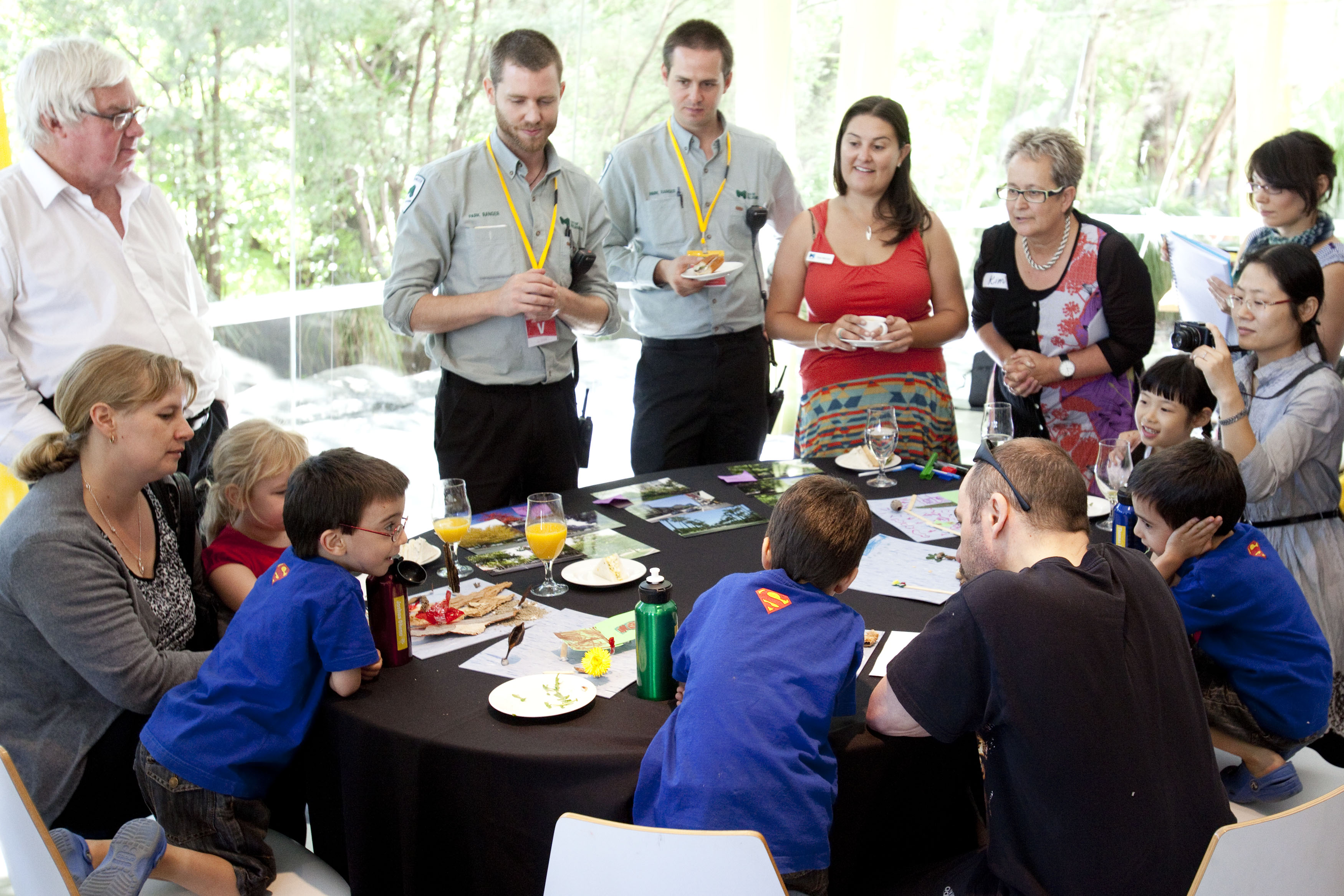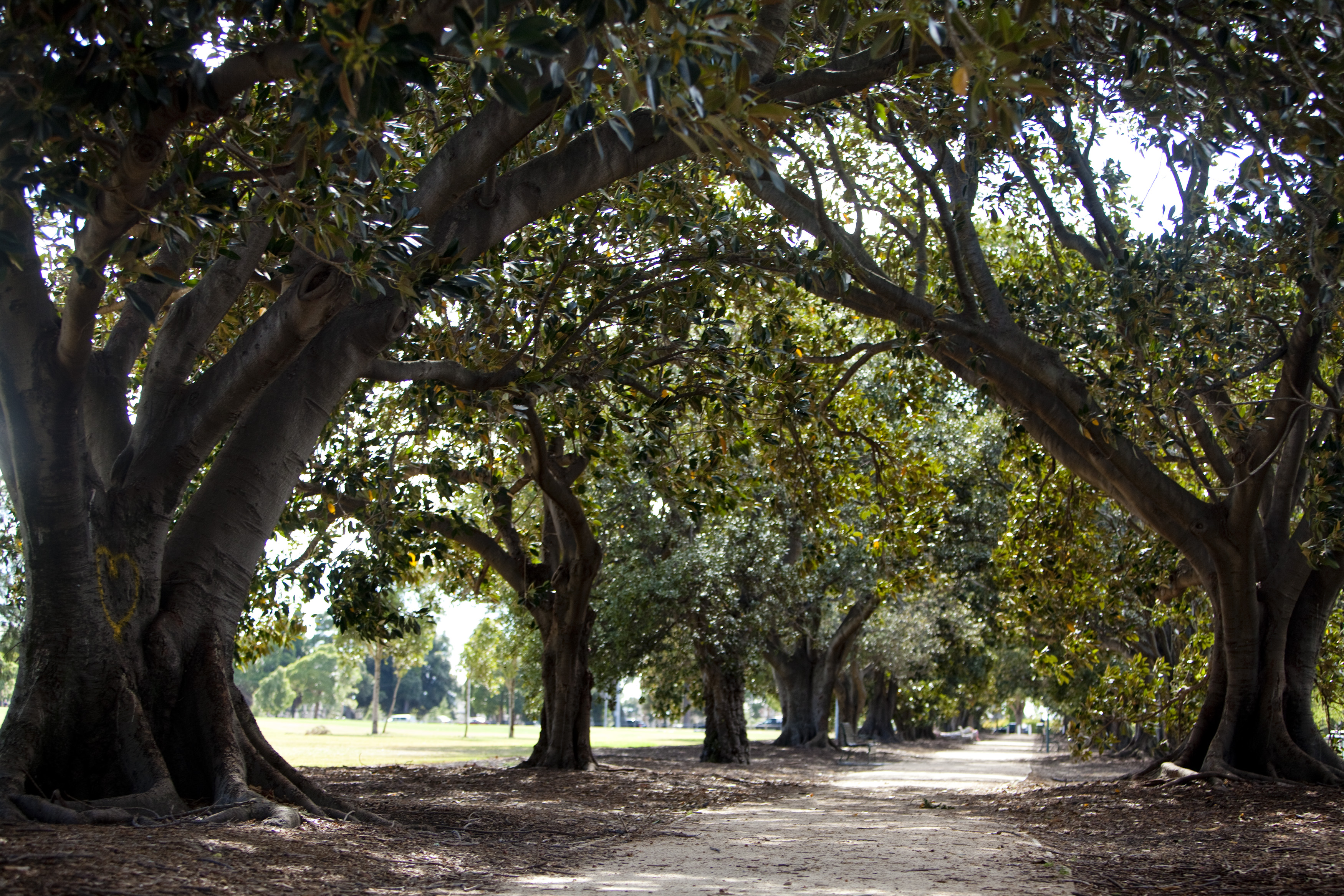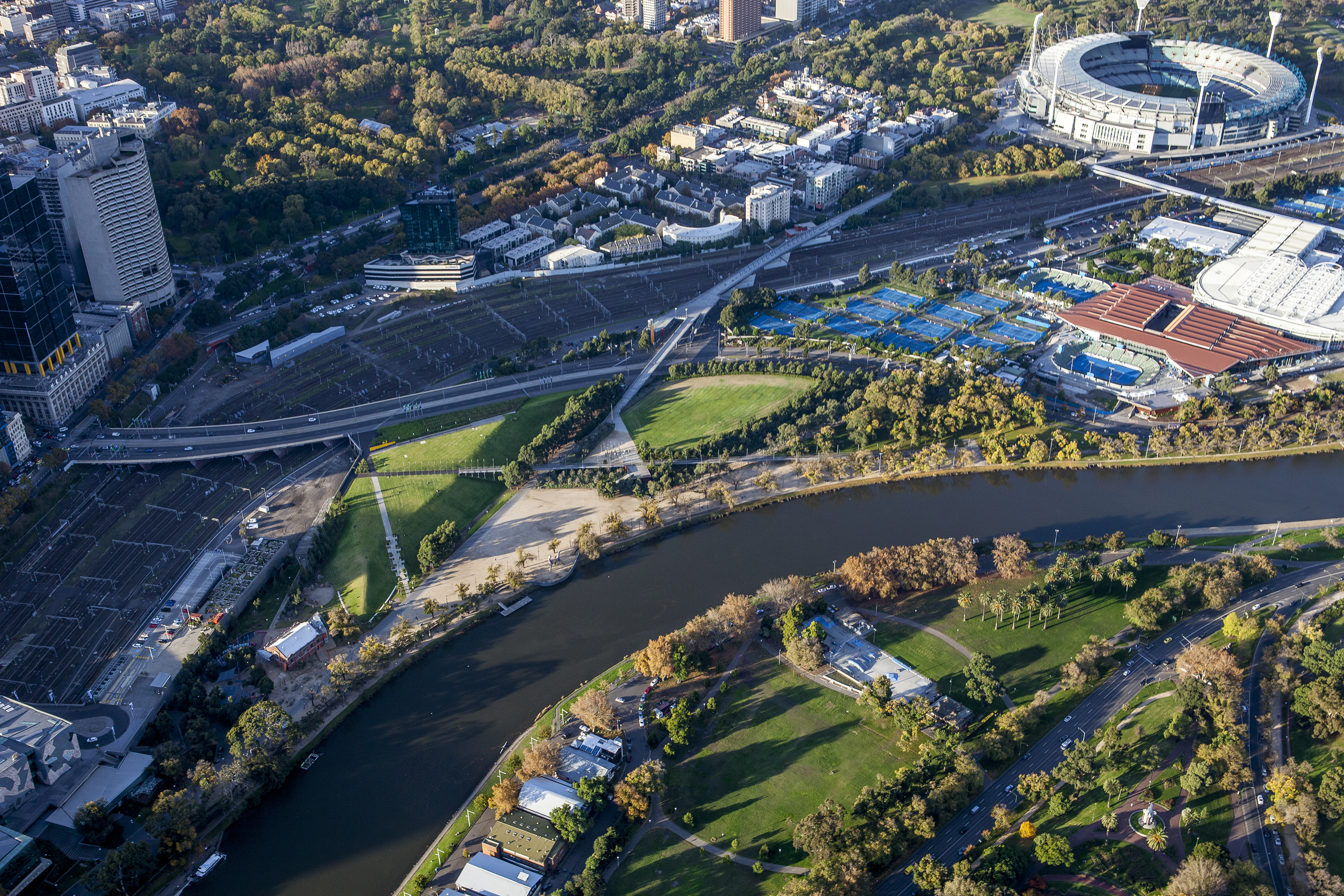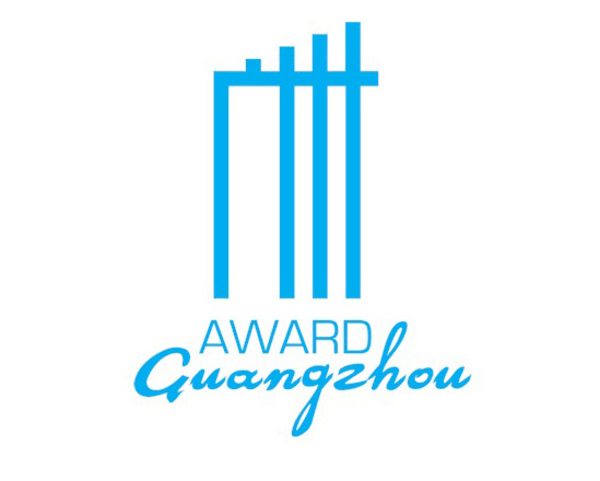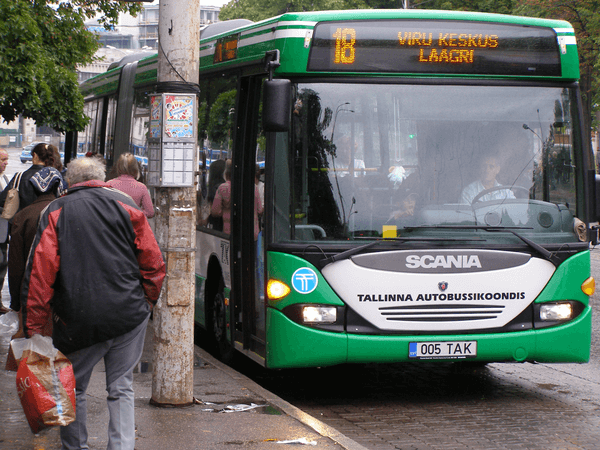City
Melbourne
Main actors
City Government, Research Institutes / Universities
Project area
Whole City/Administrative Region
Duration
Ongoing since 2010
In 2010 the city of Melbourne appointed a new Urban Landscape Team to produce a Green Infrastructure Program to cope with a difficult future climate and maintain its economic prosperity and liveability.
Between 1995 and 2009, the city of Melbourne suffered extreme hot weather resulting in severe drought, water shortage and heat waves that killed several hundred people. The immediate response of the city was to plan a 90% reduction in potable water use. This included cutting irrigation support to the city's urban forests and a plan to remove 40% of the city's trees. Ironically, this solution underestimated the value of green spaces and ecosystem support which are critical to climate change mitigation.
Realizing the need for a more strategic long-term strategy, in 2010 the city appointed a new Urban Landscape Team. The team produced the open space strategy and the urban forest strategy. Since 2010, forty million dollars have been invested in related initiatives including urban forests and shrubbery; green space and rain water harvesting; permeable paving and protection of waterways; and wetlands. The goal is to cool the city by 4 degrees Celsius and to lower energy use for cooling. 15,000 trees have been planted, 40 streets retrofitted to improve permeability, and an in-road storm water harvesting system started. A four-year citizen's engagement programme educates and mobilizes citizens.
The city of Melbourne provides the bulk of the funding while the regional and federal governments have also contributed. Other partners include the universities of Melbourne and Victoria for related research; and the media for public awareness.
Guangzhou Award
This project was shortlisted for the 'Guangzhou Award' in 2014.
External links / documents
On Map
The Map will be displayed after accepting cookie policy

